
How to Use microinverter: Examples, Pinouts, and Specs
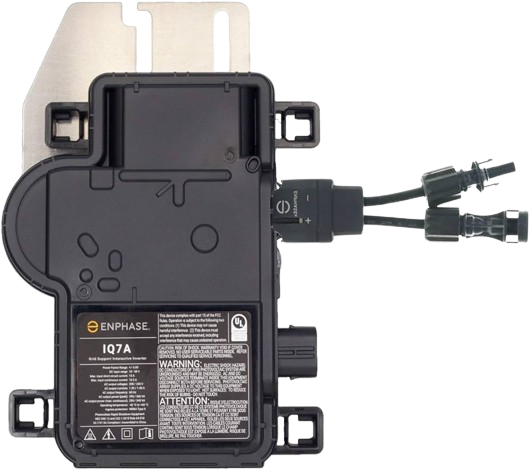
 Design with microinverter in Cirkit Designer
Design with microinverter in Cirkit DesignerIntroduction
A microinverter is a compact electronic device that plays a crucial role in photovoltaic (PV) systems. It is designed to convert direct current (DC) electricity generated by a single solar panel into alternating current (AC) electricity. This conversion allows the electricity produced by solar panels to be compatible with the electrical grid and suitable for use in homes, businesses, and other applications where AC power is required. Microinverters are favored for their ability to optimize the energy output of individual solar panels, enhance system reliability, and simplify installation and maintenance.
Explore Projects Built with microinverter
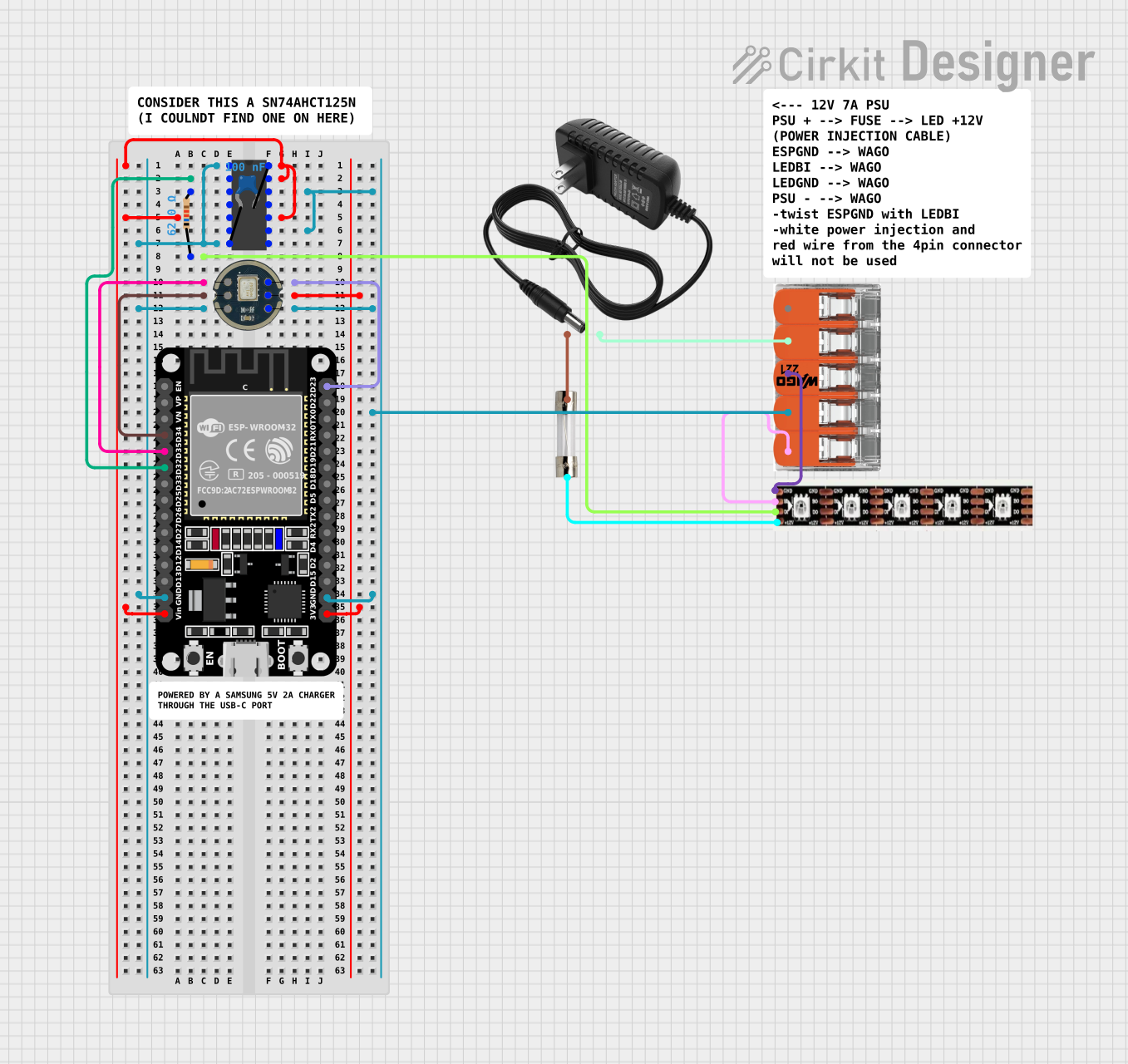
 Open Project in Cirkit Designer
Open Project in Cirkit Designer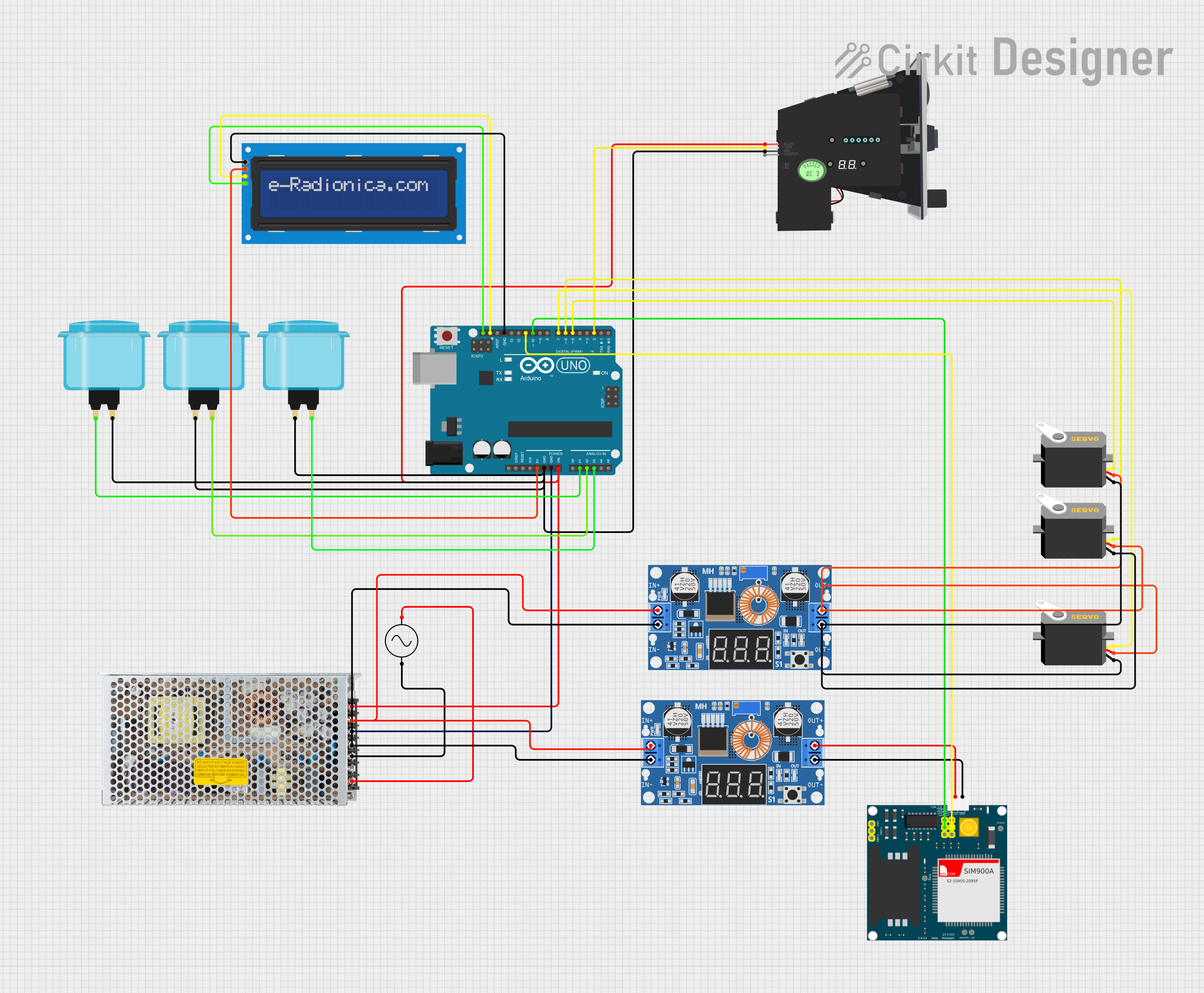
 Open Project in Cirkit Designer
Open Project in Cirkit Designer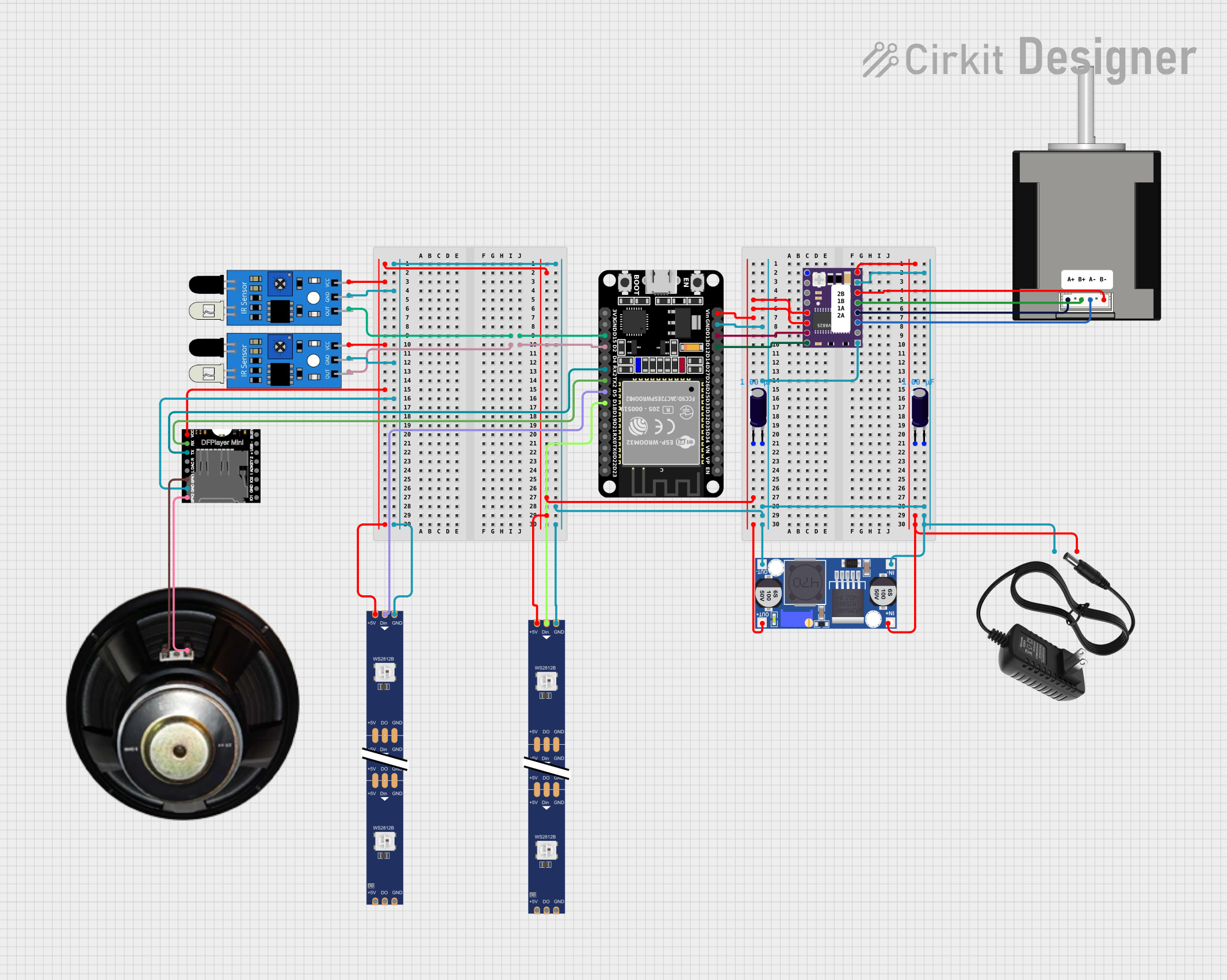
 Open Project in Cirkit Designer
Open Project in Cirkit Designer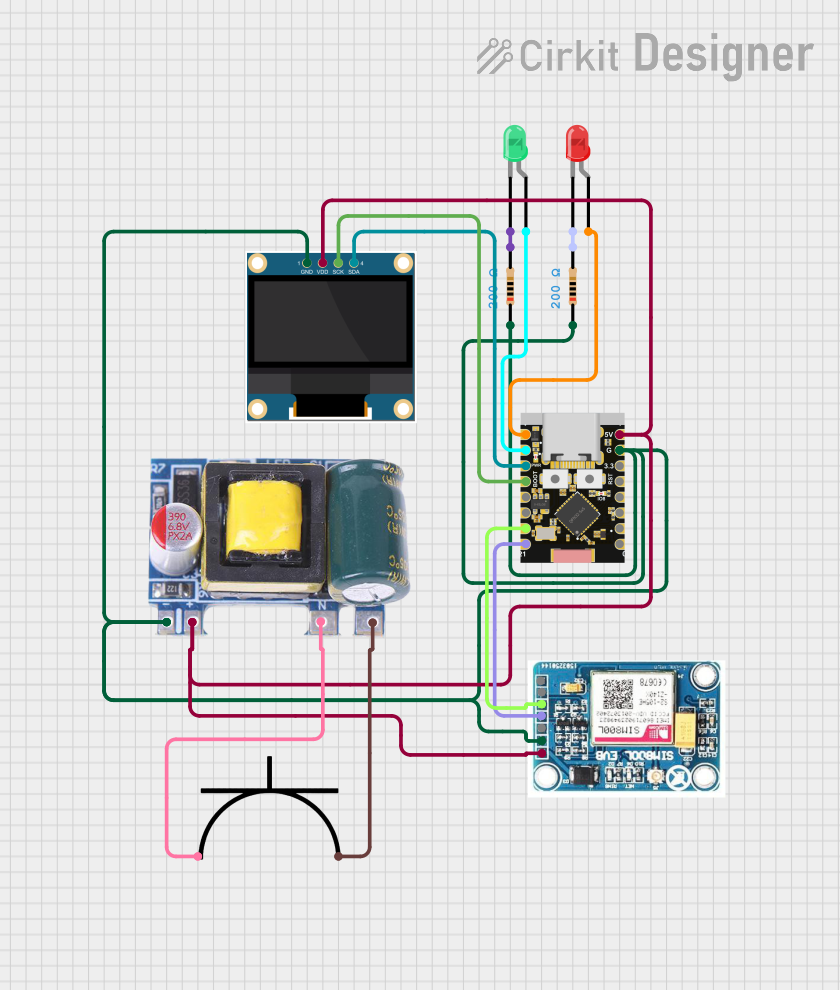
 Open Project in Cirkit Designer
Open Project in Cirkit DesignerExplore Projects Built with microinverter

 Open Project in Cirkit Designer
Open Project in Cirkit Designer
 Open Project in Cirkit Designer
Open Project in Cirkit Designer
 Open Project in Cirkit Designer
Open Project in Cirkit Designer
 Open Project in Cirkit Designer
Open Project in Cirkit DesignerCommon Applications and Use Cases
- Residential solar installations
- Commercial solar power systems
- Remote power systems (e.g., off-grid cabins)
- Grid-tie solar applications with individual panel monitoring
Technical Specifications
Key Technical Details
| Specification | Description |
|---|---|
| Input Voltage Range | Typically 22-50V DC |
| Maximum Input Current | Specified by manufacturer (e.g., 10A) |
| Nominal Output Voltage | 120/240V AC (depending on the region) |
| Maximum Output Power | Specified by manufacturer (e.g., 250W) |
| Efficiency | >95% typically |
| Operating Temperature Range | -40°C to +65°C |
| Communication | Wireless or powerline for system monitoring |
Pin Configuration and Descriptions
| Pin Number | Description |
|---|---|
| 1 | DC Positive Input (+) from solar panel |
| 2 | DC Negative Input (-) from solar panel |
| 3 | AC Phase Output (L) to electrical grid |
| 4 | AC Neutral Output (N) to electrical grid |
| 5 | Ground (Earth) connection |
Usage Instructions
How to Use the Component in a Circuit
- Mounting: Secure the microinverter to the racking system under the solar panel.
- Wiring DC Inputs: Connect the positive and negative DC wires from the solar panel to the respective inputs on the microinverter.
- Wiring AC Outputs: Connect the AC output wires from the microinverter to the AC disconnect and then to the grid.
- Grounding: Ensure the microinverter is properly grounded to prevent electrical hazards.
- Commissioning: Follow the manufacturer's instructions to commission the microinverter, which may include setting up communication and monitoring systems.
Important Considerations and Best Practices
- Safety: Always adhere to local electrical codes and safety standards.
- Orientation: Install the microinverter in the correct orientation as specified by the manufacturer.
- Ventilation: Ensure adequate ventilation around the microinverter to prevent overheating.
- Compatibility: Use microinverters that are compatible with the specifications of the solar panels.
- Monitoring: Utilize the monitoring features to track performance and identify issues early.
Troubleshooting and FAQs
Common Issues
- No AC Output: Check for proper DC input connections and ensure the solar panel is receiving sunlight.
- Low Efficiency: Ensure there are no shading issues on the solar panel and that the microinverter is not overheating.
- Communication Errors: Verify the communication connections and check for any interference.
Solutions and Tips for Troubleshooting
- Inspect Connections: Loose or corroded connections can cause performance issues.
- Check Indicators: Use LED indicators (if available) on the microinverter to diagnose problems.
- Manufacturer Support: Refer to the manufacturer's troubleshooting guide and contact support if necessary.
FAQs
Q: Can microinverters work with any solar panel? A: Microinverters are designed to be compatible with most solar panels, but it's important to match the specifications of the microinverter with the solar panel's voltage and current output.
Q: How does a microinverter improve system reliability? A: By converting DC to AC at each panel, microinverters isolate panel-level issues, which means that a problem with one panel won't affect the performance of the entire system.
Q: What is the advantage of using a microinverter over a string inverter? A: Microinverters allow for panel-level monitoring and optimization, which can result in higher energy production, especially in systems where individual panels are affected by shading or orientation differences.
Q: How long do microinverters last? A: Microinverters typically have a lifespan that matches or exceeds the lifespan of solar panels, often around 25 years, and come with warranties to match.
Q: Can microinverters be used in off-grid systems? A: While microinverters are primarily used in grid-tied systems, they can also be used in off-grid systems with suitable energy storage and power management components.
This documentation provides a foundational understanding of microinverters for users ranging from solar energy enthusiasts to professional installers. Always consult the specific microinverter model's manual for detailed installation and operation instructions.